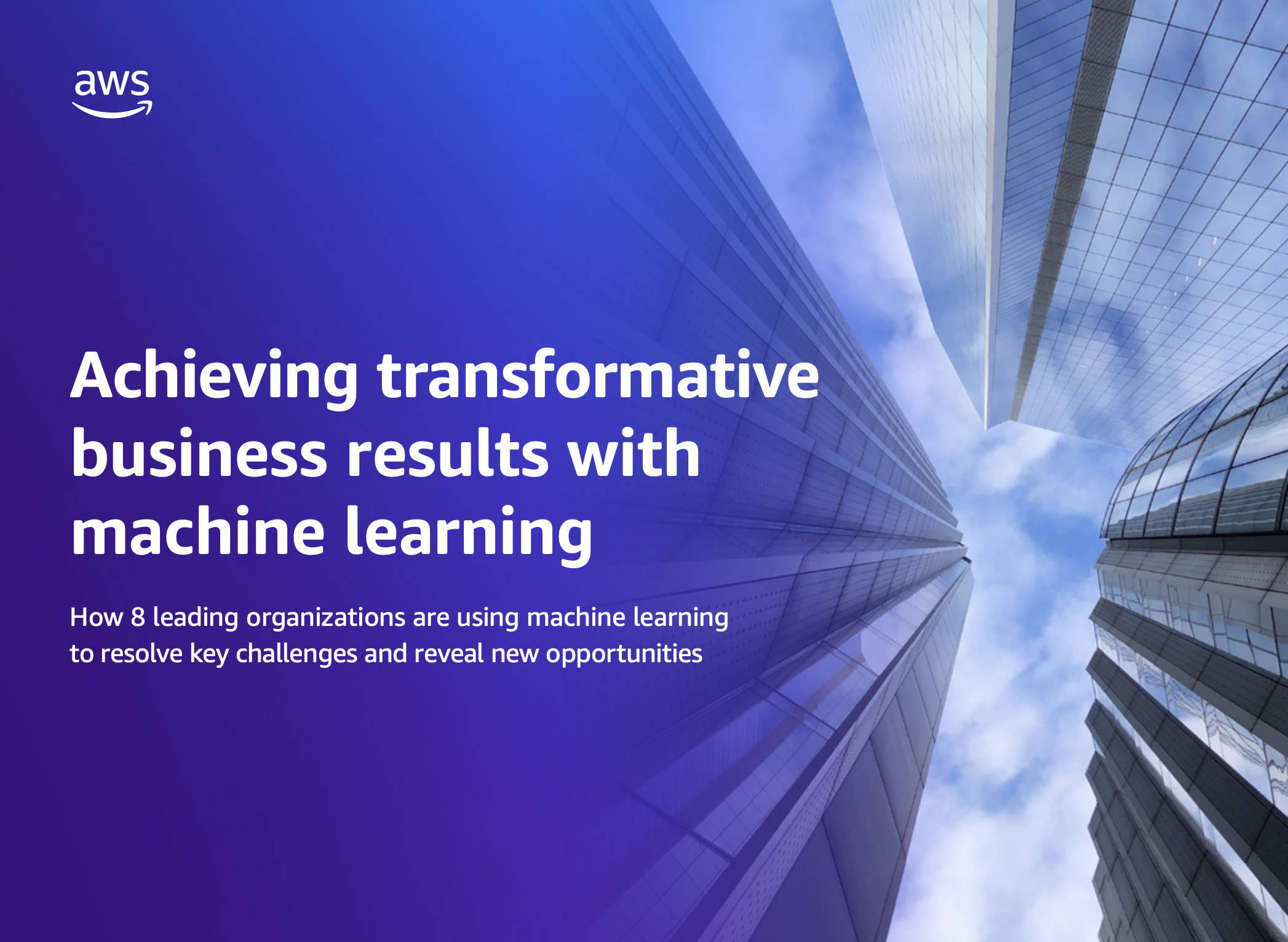



Machine learning (ML) has emerged as a core technology ingredient for organizations that are focused on driving innovation. Today, more than 100,000 organizations leverage artificial intelligence (AI) solutions and services from Amazon Web Services (AWS) to improve business results. These businesses span virtually every industry, including financial services, healthcare, media, professional sports, retail, and the industrial sector.
The rapid emergence of generative AI is the most visible example of the impact ML innovations are having on the above industries. Generative AI applications have captured widespread attention because they can help reinvent customer experiences, create applications never seen before, and help users reach unprecedented levels of productivity. According to Goldman Sachs, generative AI could drive a 7 percent increase in global GDP over 10 years.
Goldman Sachs also forecasted that AI investment could reach $200 billion by 2025 with the enormous economic potential from generative AI. Like most AI, generative AI is powered by very large ML models that are pretrained on vast amounts of data. These models are commonly referred to as foundation models (FMs). Amidst this growth, obstacles to widespread ML adoption remain. Many organizations, enticed by ML’s potential benefits, have grown frustrated by slow progress and a lack of return on their ML investments. For these organizations to reach their goals, they must find ways to move these large models into production faster and at a lower cost.
In this eBook, we will explore the major barriers to ML scalability and success. Then, we will demonstrate how AWS solutions and services can help virtually any organization overcome those challenges and leverage generative AI to drive meaningful innovation.